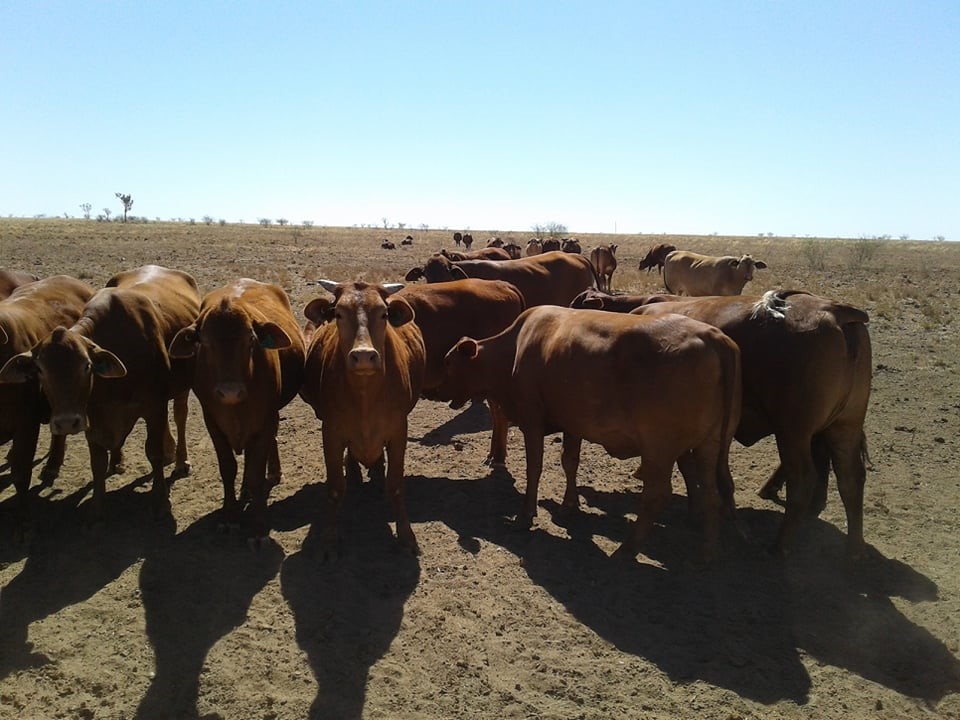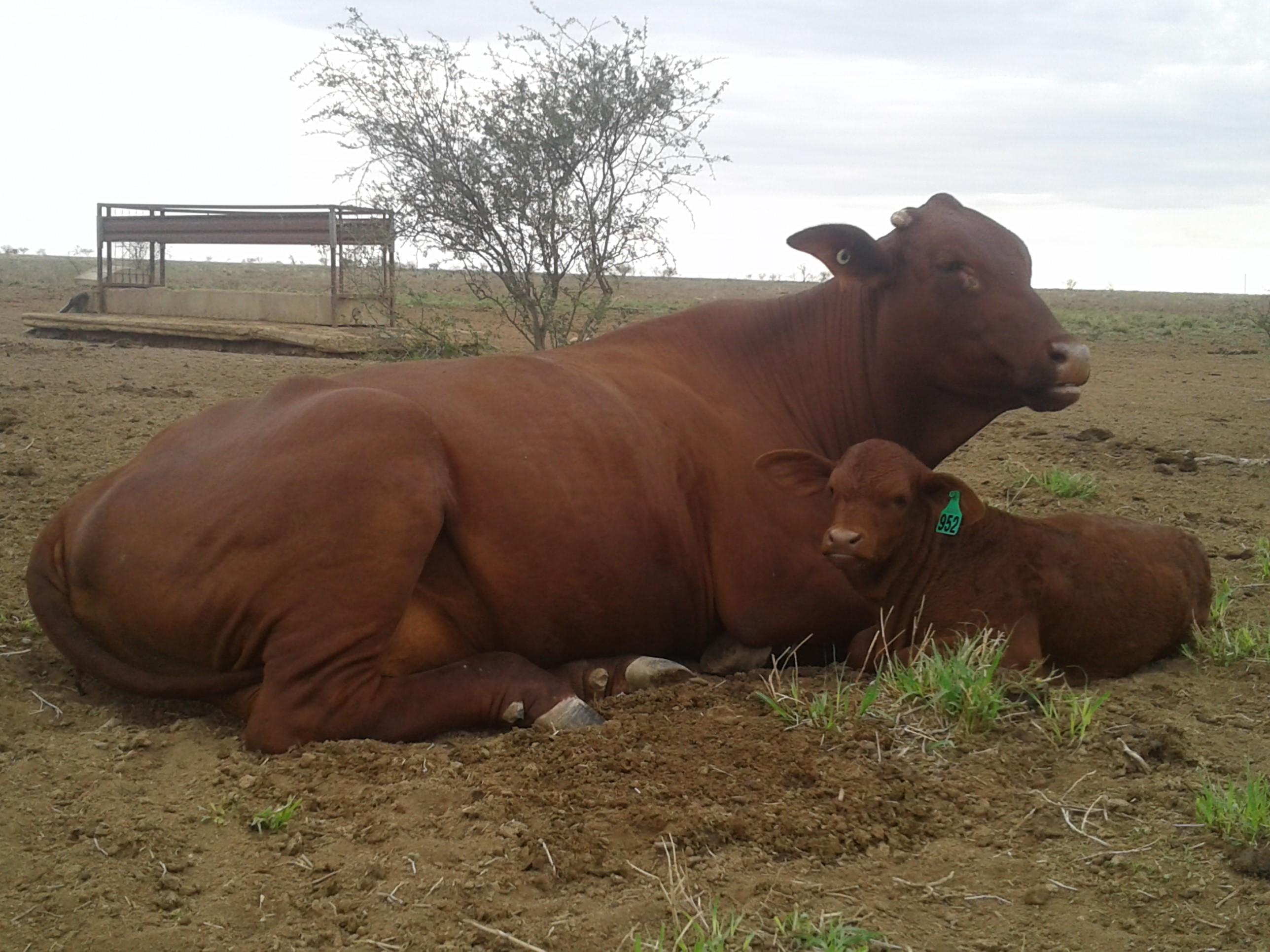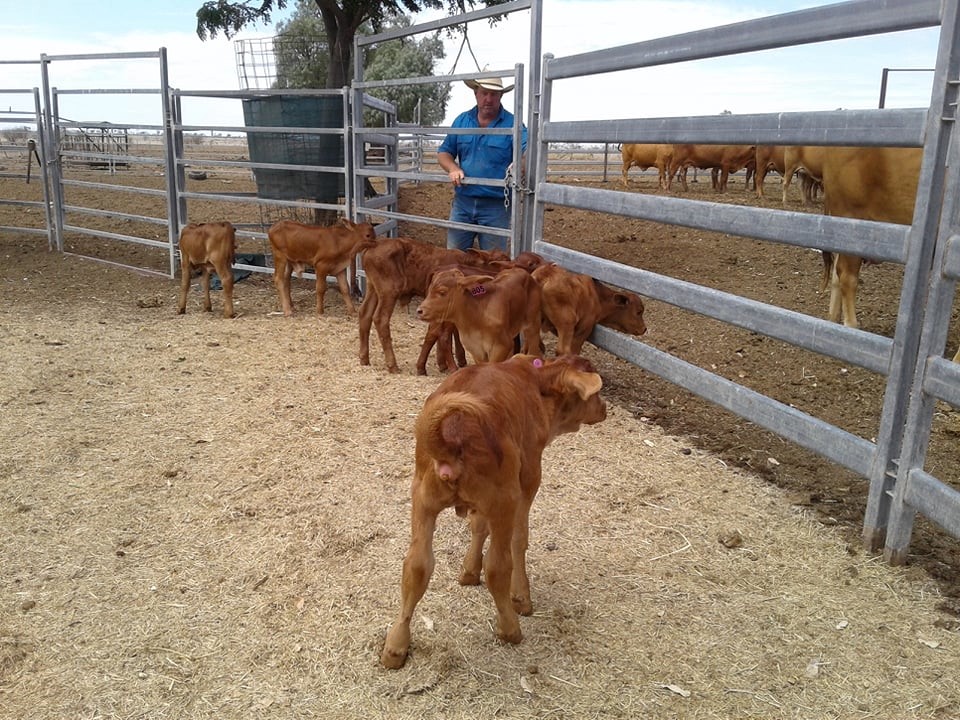Offsite Case Studies
Water Restriction and Milk Delivery to Neonatal Calves in Northern Australia
Location: Hughenden, Queensland
To assist beef cattle producers in northern Australia, and to better assess the benefits when developing large paddocks, Associate Professor Luis Prada e Silva from QAAFI, evaluated the effect of restricting water access on milk delivery to newborn calves. The normal farming practice in undeveloped extensive rangelands is to have water points further than 10 km apart, restricting the frequency of water access to cattle.
As the project needed to be conducted in a high ambient temperature zone with tropically adapted cattle, typical of extensive grazing systems where the problem of limited water existed, QASP staff accompanied Silva and his team to the Hughenden region of northern Queensland. Together, QASP and QAAFI partner with industry and government to deliver research solutions for agriculture and food industries in Australia.
 Issue
Issue
Forcing cattle, especially late pregnant cows, to walk long distances from the water point to access better grazing areas and achieve more even grazing, limits the frequency of water access and reduces total daily water intake. This factor is usually not considered when planning the development of paddocks.
 Study
Study
The study aimed to assist beef cattle producers in northern Australia and better assess the benefits of developing large paddocks. Previous studies have shown that restricting water access limits the frequency of water intake and reduces total daily water intake for cattle. The project involved selecting 100 cows to evaluate the impact of restricted water access on milk delivery.
Two treatments were implemented: free access to water at all times and access to water only from 10 am to 2 pm. The restricted access was applied from approximately 45 days before the expected calving date until 14 days after calving. The project measured milk yield, milk delivery, transfer of passive immunity, calf dimensions, cow hydration status, milk composition, cow live weight and body condition, and water intake.
Summary
The project provided valuable information for the Australian cattle industry on the effect of restricting water access to pregnant breeders on milk delivery, with clear implications for calf survival. The data generated in this project could be used, indirectly, to develop more appropriate guidelines for the frequency and distribution of water points in breeder herds. The project was supported by QASP, which provided resources and expertise to ensure the success of the project.

